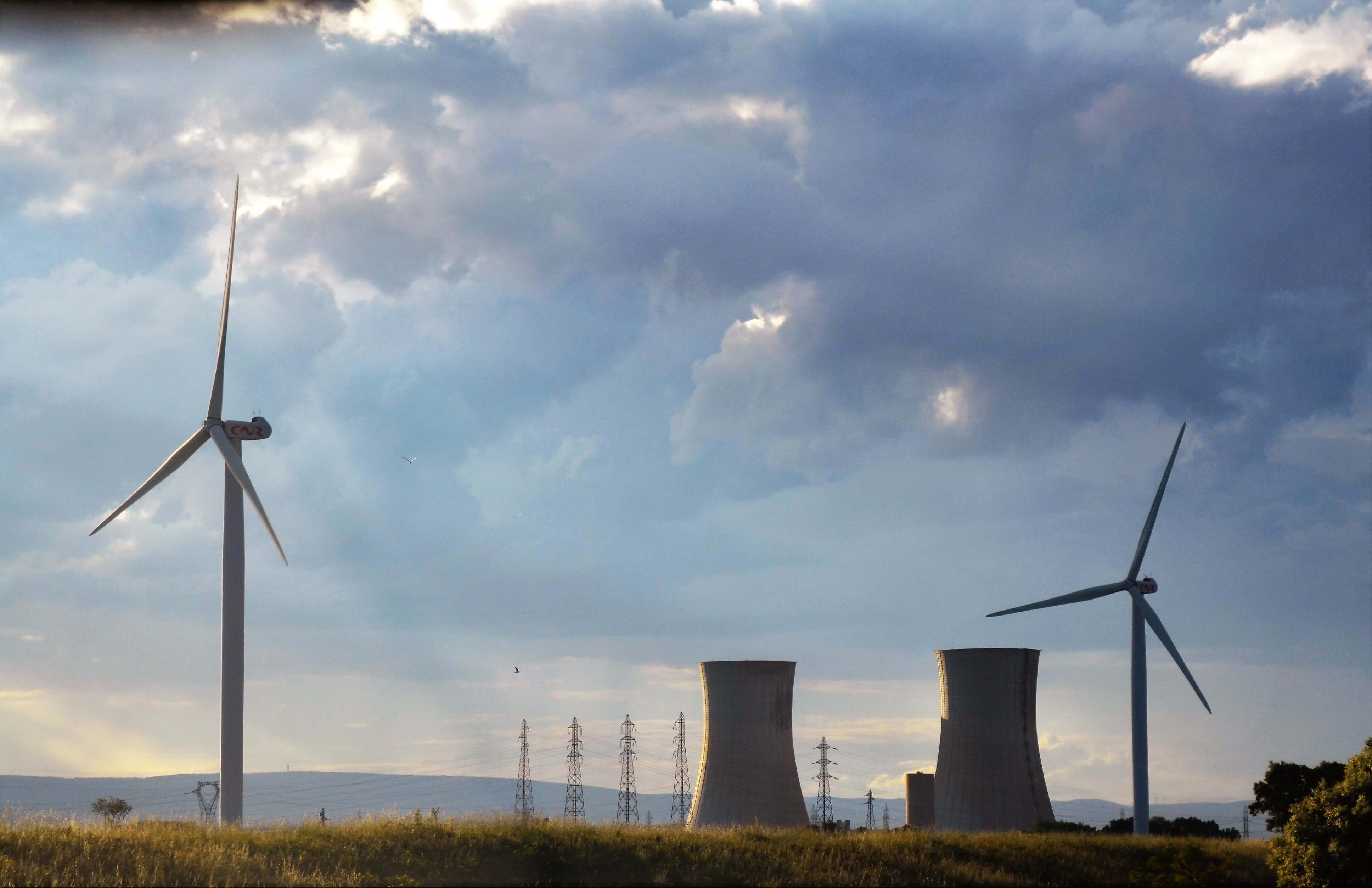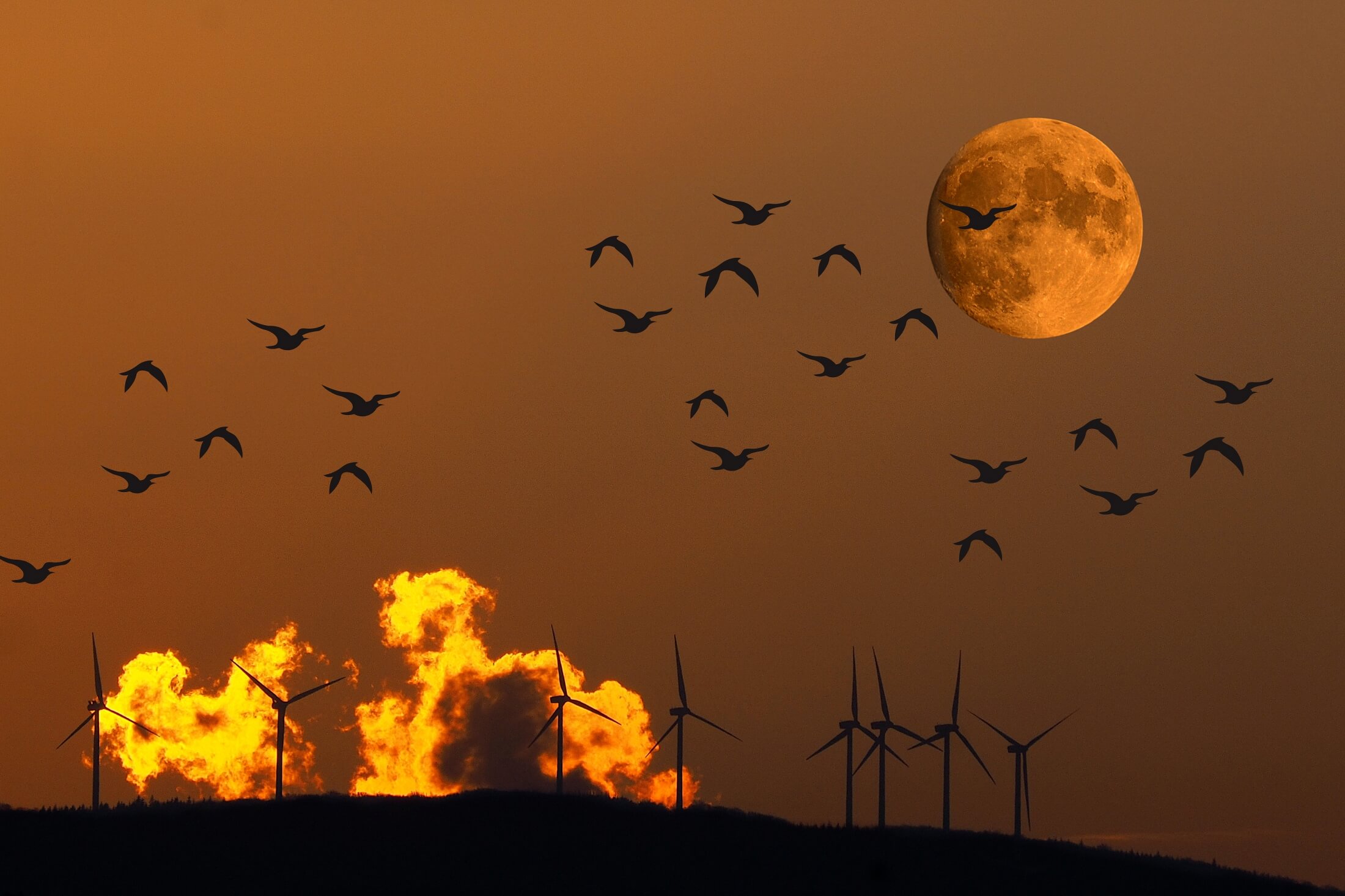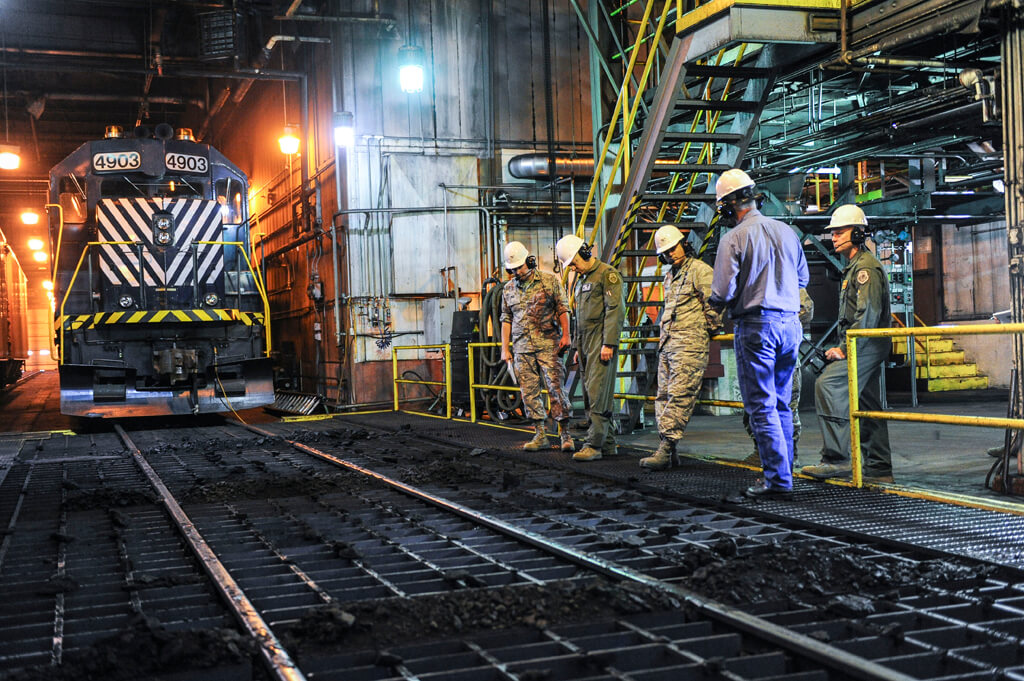
The Netherlands needs a serious discussion on nuclear energy
Both Dutch and EU Climate policy goals are ambitious with climate neutrality (“no greenhouse gasses”) by 2050 as the ultimate target. Is this goal achievable without nuclear energy? Opening this Clingendael Spectator series on the future of Dutch nuclear energy, Pieter Boot states when discussing the optimal energy mix for The Netherlands, all options should be on the table.
Over the past few years, more attention is given to the future of nuclear energy in the Netherlands. Some political parties include the subject in their electoral platforms, and webinars are being organised. This is understandable: European leaders have concluded that greenhouse gas emissions have to drop more steeply than envisaged before. Electricity will play a central role in the transition necessary to achieve the new climate targets. The question of whether nuclear energy could play a role in achieving these goals has therefore become relevant.

This article starts with placing the debate on nuclear energy in the context of Dutch climate policy.1 It examines power demand and the role of nuclear energy in Dutch energy scenarios. It will also focus on an often neglected element: the aim of diversification in energy systems. This all leads up to possibly the most difficult question: which interaction between public and private sectors would be necessary to bring nuclear energy forward?
Nuclear in the Dutch climate debate
The main instrument of Dutch climate policy is the national Climate Agreement, concluded in 2019. This agreement aims for the reduction of greenhouse gas emission by 49 per cent in 2030 (compared with 1990), and sketches policy instruments in different sectors, such as transport, manufacturing and buildings.
The power sector is the main pillar of this agreement, with a massive expansion of offshore wind and the closure of coal-fired power plants before 2030. The actual outlook of emission reduction in the power sector is from 42.3 Metric tons of CO2 equivalent2 in 2019 to 18.8 Metric tons by 2030 – by far the largest reduction in a single sector.3
Most scenarios anticipate a decreasing role for nuclear energy in power demand
The single small nuclear plant in Borssele will run until 2034. No discussion is expected on the completion of new nuclear plants before 2030 – this would be technically impossible. Therefore, the discussion on nuclear energy is not in conflict with the actual Climate Agreement; it looks at the next stage, after 2030.
Power demand
Power demand is expected to increase fast after 2030. PBL (Netherlands Environmental Assessment Agency) expects in its outlook – which is the official energy outlook for the Dutch government – that power demand will remain constant up to 2030. We will use more installations, but each of them will be more energy efficient.

The Netherlands do not have a formal outlook for the decades after 2030, but current low-carbon scenarios of private organisations expect a strong increase in power demand. For example, the Dutch technology institute of applied natural science research (TNO) estimates an increase of two to three times the actual demand up to 2050.4
The European Commission calculates in its impact assessment of a larger greenhouse gas emission target (November 2020) an increase of 10 per cent until 2030, and doubling by 2050.5
The proponents of nuclear energy argue: what happens if the wind does not blow and the sun does not shine?
These are large increases and we cannot afford to ignore their impact. Especially the planning and completion of power networks take decades in our country.
Scenarios
Most scenarios anticipate a decreasing role for nuclear energy in power demand. TNO, the European Commission and the International Energy Agency (IEA),6
all expect a small decrease of nuclear power generation in Europe after 2030.
The reason for this is similar in the models used by these organisations. Wind and solar energy are policy incentivised and their costs decline rapidly. TNO expects the costs of solar energy to halve by 2050, and of wind energy to decline with 20 per cent.

Costs of nuclear power could decrease by 14 per cent in the TNO scenarios – different from the cost increases in the past decade. In analyses of some years ago, PBL expected that nuclear energy would be cheaper than offshore wind further from the North Sea coast.7 It is questionable whether a new analysis would come to the same conclusion, as wind energy costs drop more rapidly than nuclear energy costs.
Energy models of these organisations work in a similar way. They optimise the energy system leading to an increase of the cheapest options. At the same time, nuclear plants are expected to run fewer hours a year as their marginal costs are higher than those of wind turbines.
The proponents of nuclear energy argue: what happens if the wind does not blow and the sun does not shine? In that case, some kind of back-up is needed. Nowadays this is no problem, as the Netherlands have many modern gas turbines. Gas is an excellent option for such contingencies, with relatively low capital and high variable costs.
A nuclear plant does not take up much space; wind turbines and solar panels do
However, in the future, some alternative has to be found for these gas turbines, as we cannot afford their carbon emissions anymore in a zero-emission power system. A new power system is needed, with more flexibility in demand. This new power system needs more flexible prices which reflect changes in supply and demand, short and long-term storage, and interconnections between neighbouring countries.
Proponents of nuclear energy hope their option could play a role in such a flexible system. Nevertheless, this is not self-evident as nuclear energy has high capital and low variable costs – therefore nuclear operators prefer to run as much as possible.
Hydrogen might be a solution to this problem. It is widely expected that the Netherlands will need a lot of hydrogen to heat our industries and fuel our trucks, planes or ships. The Netherlands have an excellent gas infrastructure and it would be a pity not to use that in the future. Hydrogen could be an option to provide a higher number of operating hours for new nuclear plants.

However, in most existing studies of PBL and TNO, the comparison of overall future costs – including these larger system aspects – of wind energy and nuclear energy is still in favour of wind. Nevertheless, a serious discussion on these costs in a context with more hydrogen could be useful.
Space and diversification
Nuclear proponents have two trump cards. The first one is space. A nuclear plant does not take up much space; wind turbines and solar panels do. For wind energy, we solve this problem mainly by constructing them on the North Sea. Combining offshore wind and marine nature is well possible, but fishermen do not like these offshore plants.
In the end, a policy choice has to be made. Until 2030, 11.5 gigawatt (GW) offshore wind in the Dutch part of the North Sea is being reserved3 , but much more is needed to fulfil the increased power demand in the years to come. In theory, this is possible (up to 60 GW is feasible), but policy decisions have yet to be made.
A power system with several large sources is more stable and reliable than one with only two of them
In practice, the expansion of onshore wind energy in our densely populated country remains problematic. Moreover, power grids are not well adapted to accommodate a large increase of solar panels on agricultural and waste land.
A second trump card is to boost nuclear energy in order to promote energy diversification. Every energy economist has learned that one-sidedness in the supply of energy makes a society vulnerable. Therefore, we prefer to import gas from several suppliers. This applies to electricity as well. A power system with several large sources is more stable and reliable than one with only two of them.
This is the reason the United Kingdom continues to prefer a balanced clean power system with a combination of wind and nuclear power. In the Netherlands, we did not yet discuss our long-term preferences as we are in the stage of expanding renewable energy up to 2030. But at some time we have to look at the next steps.

Geopolitics plays a role as well. Some proponents of nuclear energy point at the relatively low costs of Russian or Chinese plants. For instance, Hungary and Finland are seriously considering to build a Russian nuclear plant. I am not sure if the Netherlands – as one of the six founding fathers of the European Union – are in the same position. I expect that for the Netherlands the only politically feasible option would be to choose for a French nuclear energy plant.
The French energy and nuclear company Électricité de France (EdF) will present a plan in 2021 to install six nuclear plants in France before 2035. It is self-evident that a part of a series is cheaper than a single plant. So, proponents of nuclear power would like to be part of such a larger process.
It is not evident that nuclear energy could be a useful option in the Netherlands after 2030, but it would be short-sighted not to have a debate about this
Opponents could ask whether it would not make more sense to build this fourth or sixth plant in France (with all its experience), instead of in the Netherlands. Indeed, as we are well and increasingly connected with surrounding countries and one cannot seriously speak about a national power market anymore, this is a relevant question.
Who will do it?
The most difficult and least discussed question addresses which relationship between the public and private sector would be needed. In France, this is relatively easy; nobody doubts the state will decide and pay – either directly or indirectly – with its share in EdF.
In the United Kingdom, the actual newly built nuclear plant is paid largely by the state. To be precise, by a so-called ‘Contract for Differences’, in which the state guarantees a price between ranges. This price is much higher than the ‘Contract for Differences’ for offshore wind.

Nevertheless, it is considered not to be sufficient for a subsequent new plant. New arrangements are being discussed, in which power consumers will pay a larger share of the risk. In this way, the financing costs of a new nuclear plant would become lower. But the Dutch government has announced no new subsidies are available for renewable power investments after 2025. So why would this be different for a nuclear plant?
However, many observers think the financing of the power system has to change, regardless of what policy choices will be made. Flexibility and a combination of high upfront and low operating costs need new ways of remuneration. We have to consider which financing options are available for a new flexible power market. And the nuclear option could be a part of that bigger discussion.
In short: it is not evident that nuclear energy could be a useful option in the Netherlands after 2030, but it would be short-sighted not to have a debate about this.
- 1This article is an update in English of Pieter Boot, ‘Een serieuze discussie over kernenergie is nodig’, Energiepodium, November 2020.
- 2“Metric tons of carbon dioxide equivalent is the unit of measurement in this tool. The unit "CO2e" represents an amount of a Greenhouse Gas whose atmospheric impact has been standardized to that of one unit mass of carbon dioxide (CO2), based on the global warming potential (GWP) of the gas.” ‘Pollution Prevention Greenhouse Gas (GHG) Calculator Guidance’, October 2014.
- 3 a b Planbureau voor de Leefomgeving, ‘Klimaat- en Energieverkenning 2020 (Climate and Energy Outlook 2020)’, 2020.
- 4Nederlandse Organisatie voor toegepast-natuurwetenschappelijk onderzoek, ‘A summary in English Energy supply in 2050: Two scenarios, one conclusion’, 2020.
- 5European Commission, ‘2030 Climate Target Plan Impact Assessment’, 2020.
- 6International Energy Agency, ‘World Energy Outlook’, 2020.
- 7Planbureau voor de Leefomgeving, ‘National costs climate and energy transition 2030 – update 2018’, 2018.


